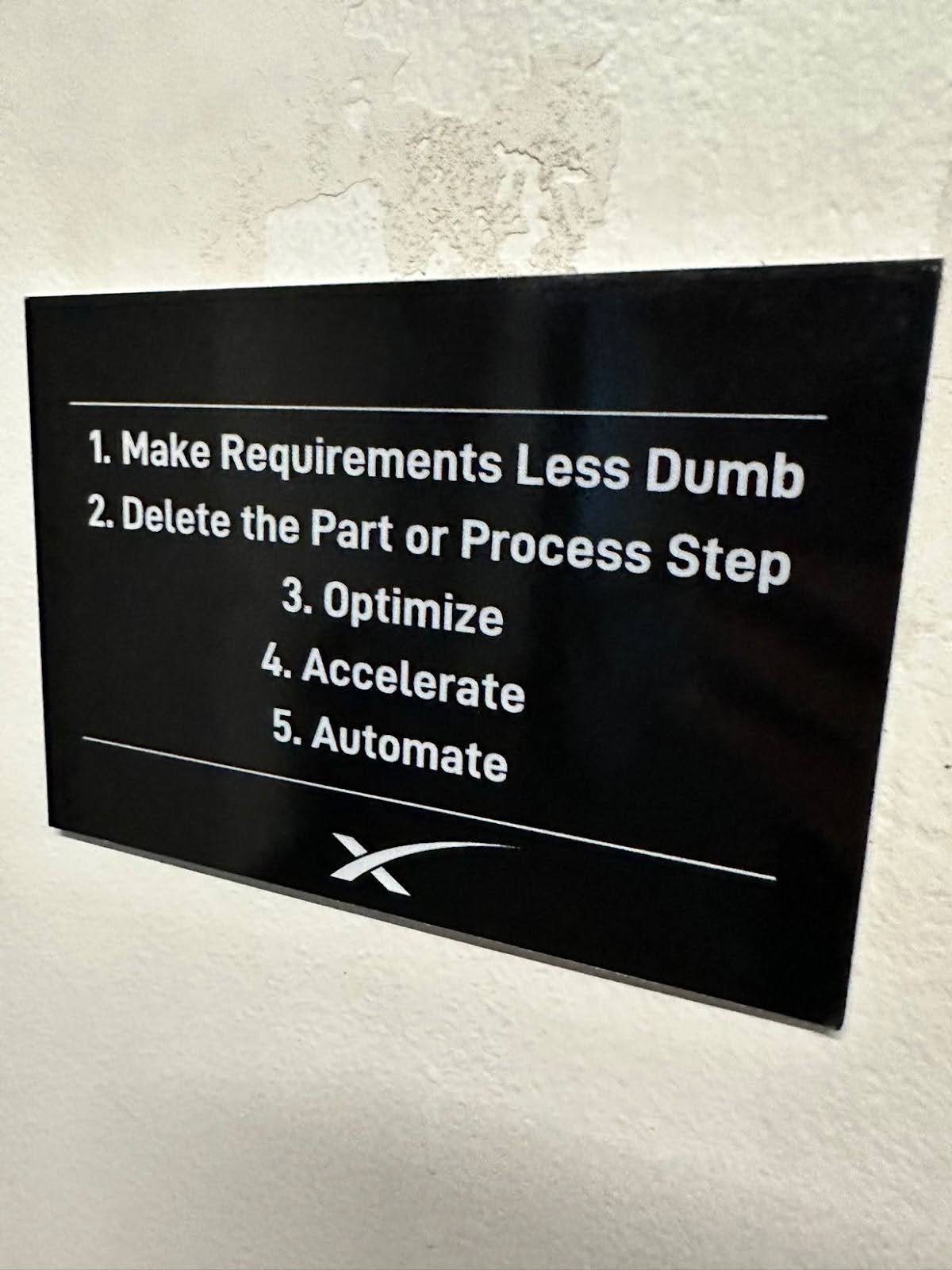
We like reports and correspondence to be well written, easy to read - and short. We are revolted b pseudo-academic jargon, like "attitudinal," "paradigms," "demassification," "reconceptualize," "suboptimal," "symbiotic linkage," "splinterisation," "dimensionalisation."— David Ogilvy
Image Description
A classic black-and-white portrait of a suited gentleman, exuding a sense of authority and sophistication.
Positive Aspects
The image is timeless and exudes professionalism, perfectly complementing the message of clear and concise communication. It captures the essence of someone who values straightforwardness, aligning with the post’s theme of avoiding jargon.
Key Takeaways
- Clarity is key: Emphasize writing that is well-structured and easy to read.
- Avoid jargon: Steering clear of complex, pseudo-academic terms makes communication more effective.
- Brevity matters: Keeping reports and correspondence short helps maintain the reader's interest.
Additional Insights
David Ogilvy's disdain for jargon is a reminder that simplicity often leads to better understanding. Think of communication as a direct line between you and your audience—why clutter it with unnecessary words? It’s like trying to sell a product by talking about its “paradigmatic functionalities” instead of just saying, “It works great.” Stay simple, stay effective.




